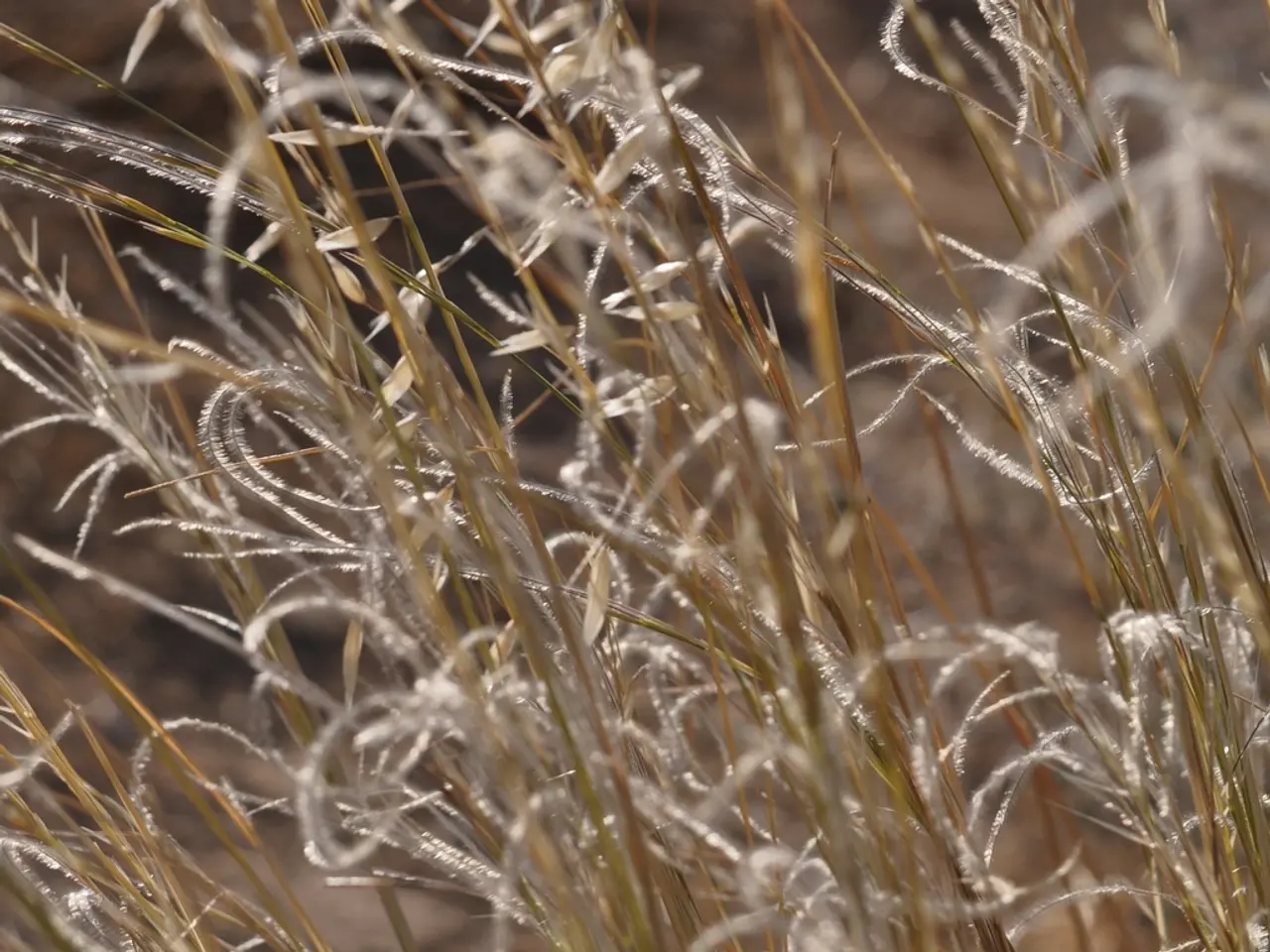Optimal Turf Laying Times: Experts Advise for Achieving Superior Results - Not Limited to Specific Seasons
Ideal Conditions for Laying Turf in the UK
Laying turf is a popular garden task, but it requires careful consideration of the weather and soil conditions to ensure a healthy and thriving lawn. According to gardening experts, the best times to lay turf in the UK are spring and autumn.
During these seasons, soil temperatures are warm enough to support grass root growth and establishment. Moist soil conditions prevail, avoiding excessive dryness or heat stress. The grass is actively growing or coming out of dormancy, enhancing root development and turf settling. Temperatures are moderate, reducing the risk of turf drying out or overheating immediately after laying.
Specifically, autumn and early spring provide lower temperatures and adequate moisture, which are optimal for rooting compared to the extremes of summer heat or winter cold. The ideal soil temperature range for laying turf is when the soil is warm and moist, which typically means temperatures around 10-18°C (50-65°F) or above, as this promotes active grass growth and root establishment.
Laying turf in hot weather, especially summer, risks surface drying and turf shrinkage due to quick overheating of freshly cut rolls. This is why warm but not hot conditions of spring and autumn are preferred windows for turf laying in the UK.
When it comes to the type of turf, the one being discussed is harvested from a blend of fescue and ryegrass, and comes in 1m2 rolls in multi packs. It is advisable to lay turf as soon as it arrives to keep it as fresh as possible.
However, it's important to avoid laying turf in heavy rain or snow, and on waterlogged soil. In winter, turf takes longer to root because it's in a dormant state, and walking on the turf should be avoided for several weeks. A flat wooden board can be used to walk across the turf if necessary.
While summer is not the best time to lay turf, it is still possible, but watering may be necessary. Jane Fairlie, technical development manager at Doff Portland, suggests using horticultural fleece to protect turf from severe frosts, but it should be removed once the frost risk has passed to avoid condensation and potential diseases.
Peter Chaloner, the Managing Director of Cobra, is a passionate enthusiast for lawn care and seasonal gardening tasks, and takes great pride in maintaining his own lawn and garden to perfection. He advises that laying turf in the hottest summer days might cause stress to the turf if watering isn't consistent, and suggests laying it on a mild day with overcast weather.
Using a pre-lawn and seed starter fertiliser can help the turf settle in more successfully. Jane Fairlie also advises checking the soil condition before laying turf in February, ensuring it's well-drained and not waterlogged or frozen.
In conclusion, by following these guidelines and choosing the right time to lay turf, gardeners can create a beautiful, healthy lawn that will thrive for years to come.
[1] [Peter Chaloner, Cobra Managing Director, interview] [2] [Graham Smith MCIHort, LBS Horticulture gardening expert, interview] [3] [Jane Fairlie, Doff Portland technical development manager, interview] [4] [David Hedges-Gower, Lawn Association chairman, interview]
- To establish a healthy and thriving lawn, gardeners can consider an extension to their home-and-garden lifestyle by building a guide that includes tools for choosing the ideal soil temperature, time of year, and type of turf when laying turf, especially in the UK.
- Based on the recommendations of gardening experts, when constructing the guide, it's essential to highlight that autumn and early spring are the most suitable seasons for laying turf, due to the mild temperature and adequate moisture during these periods.
- As part of the guide, gardeners should be advised to prepare their home and lifestyle for the gardening tasks involved, such as acquiring necessary tools, and to lay the turf as soon as it arrives to ensure its freshness.
- Moreover, the guide can provide practical tips from lawn care enthusiasts, like Peter Chaloner, who suggests laying turf on a mild day with overcast weather to minimize stress on the grass and promote successful root establishment.




